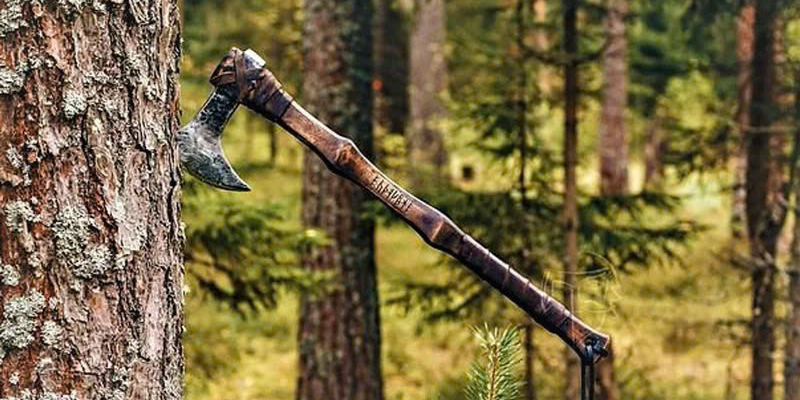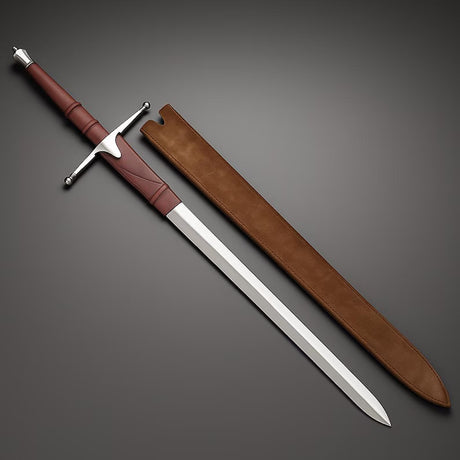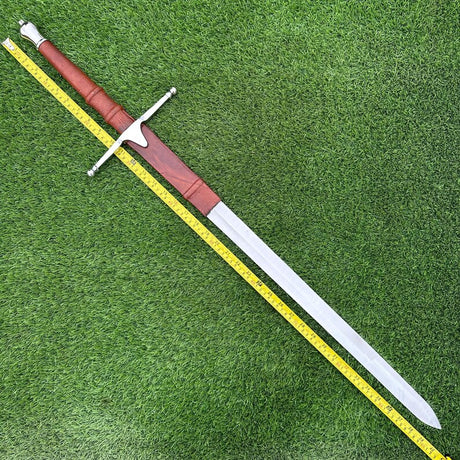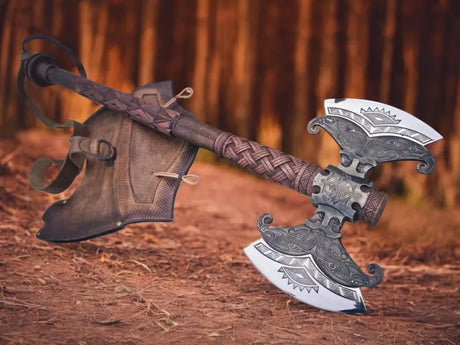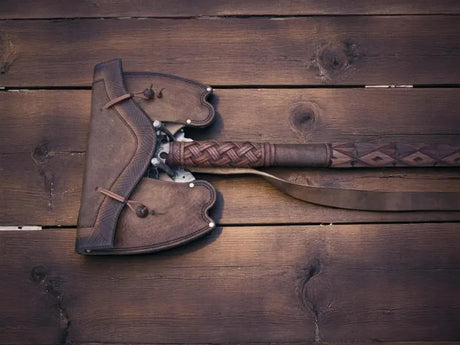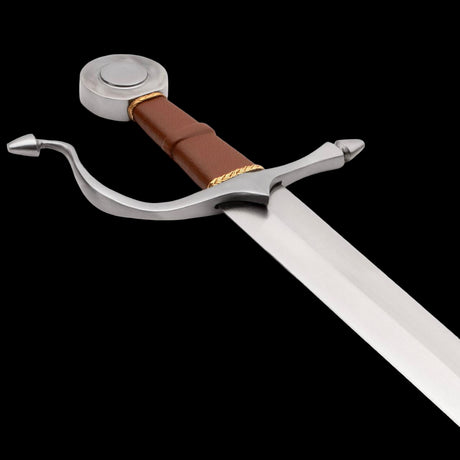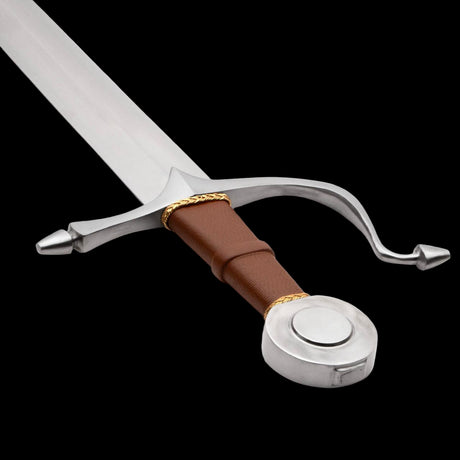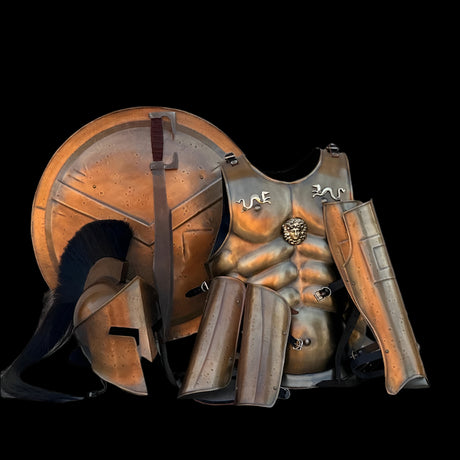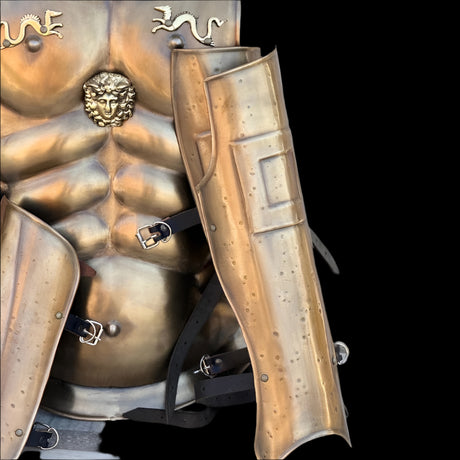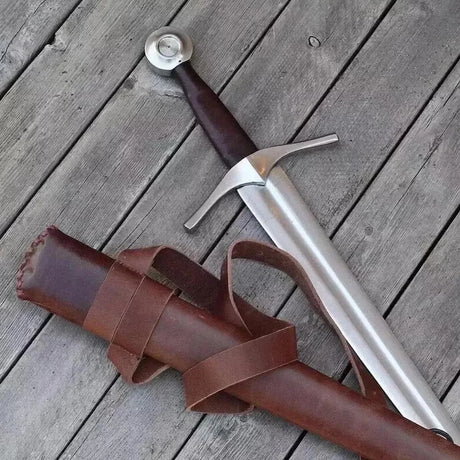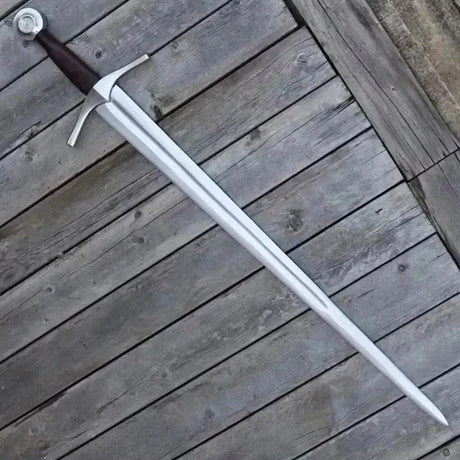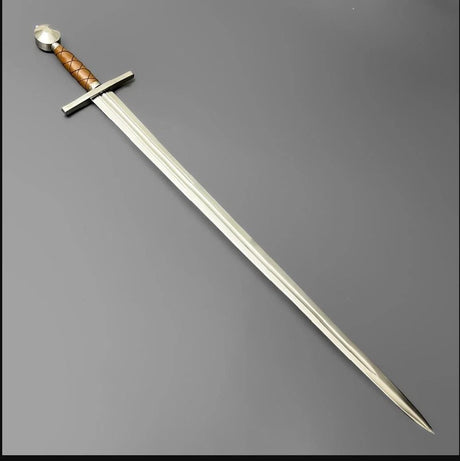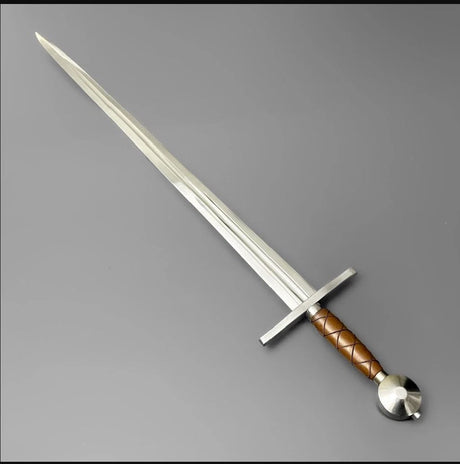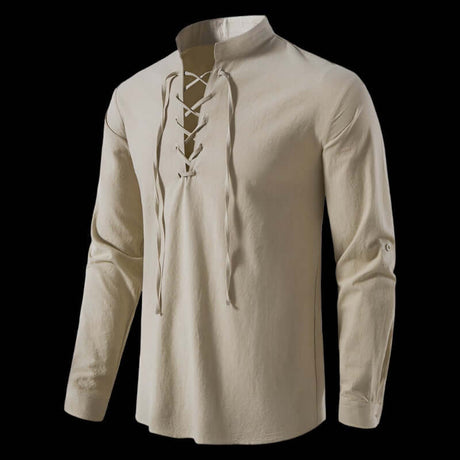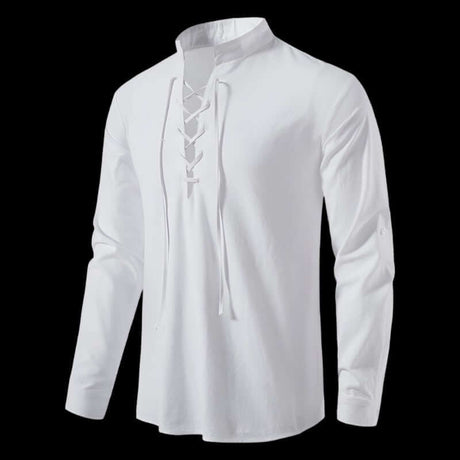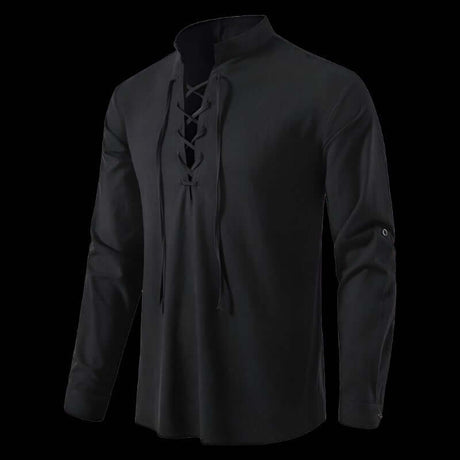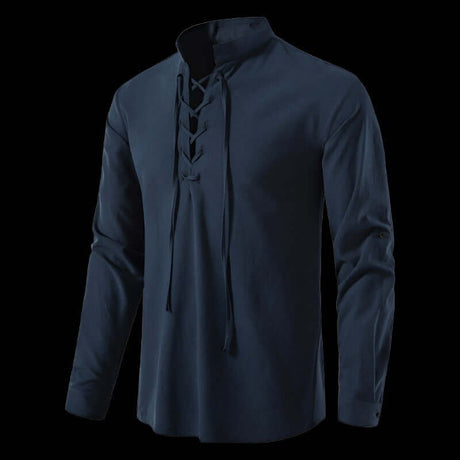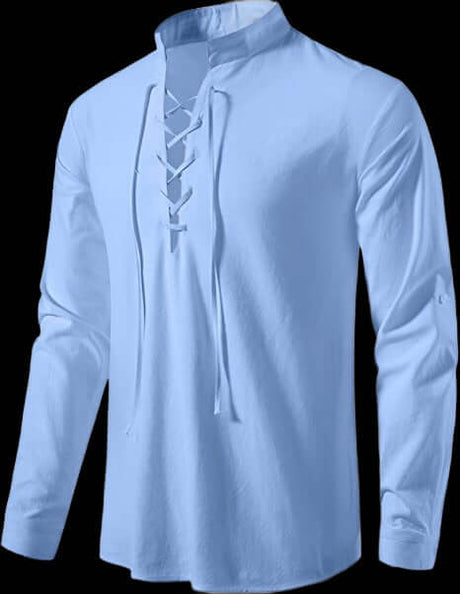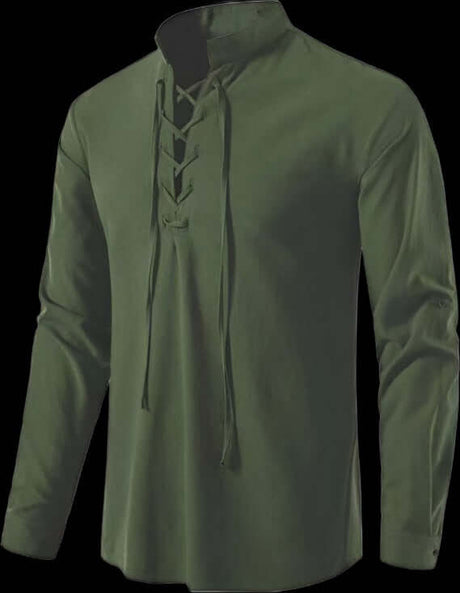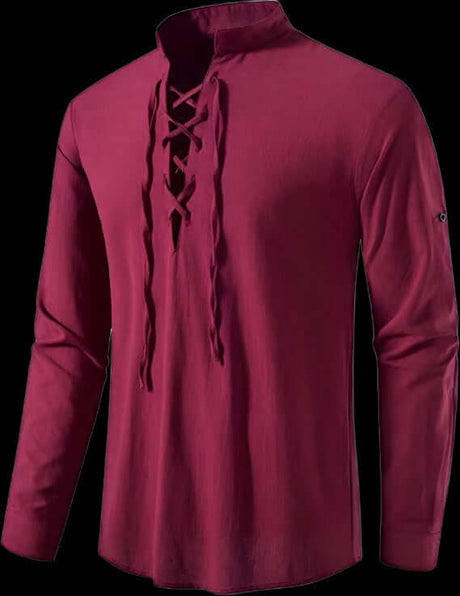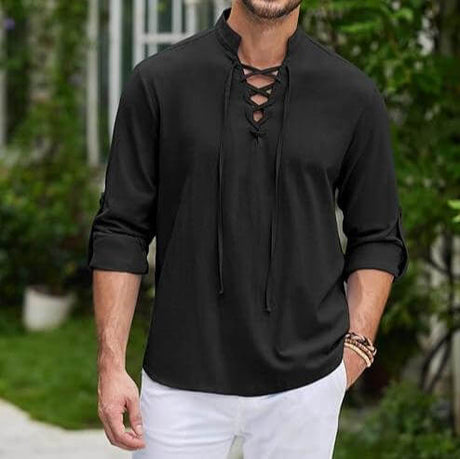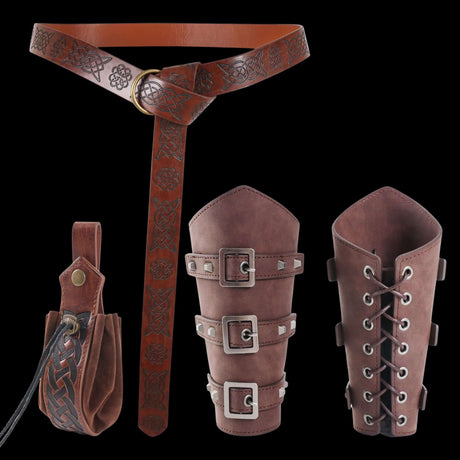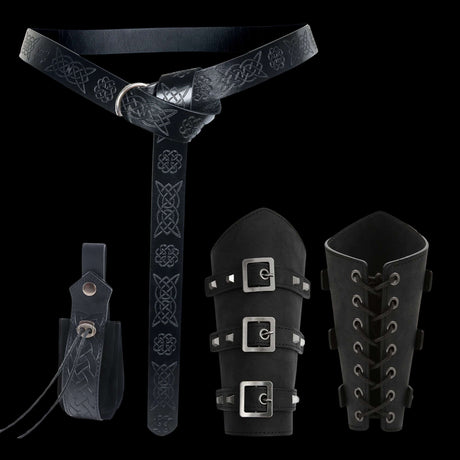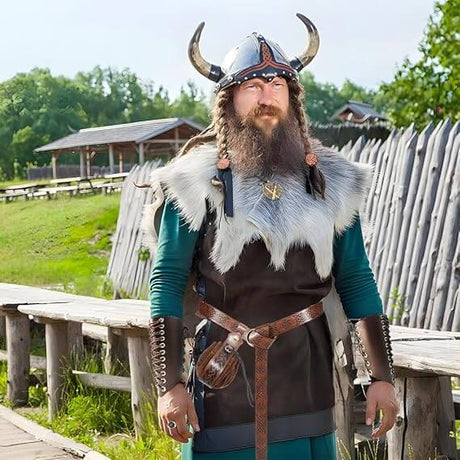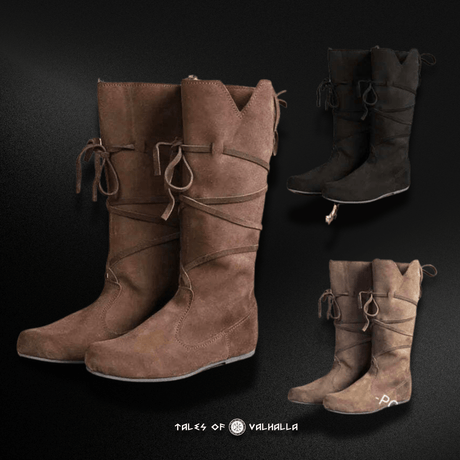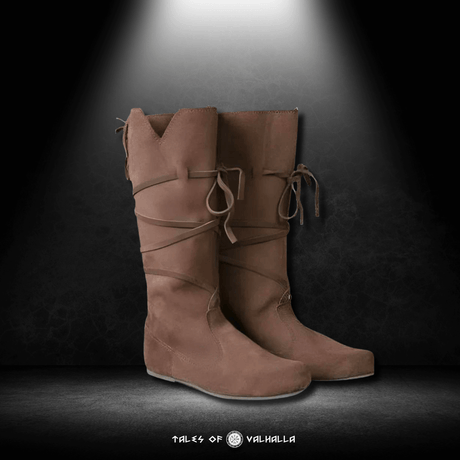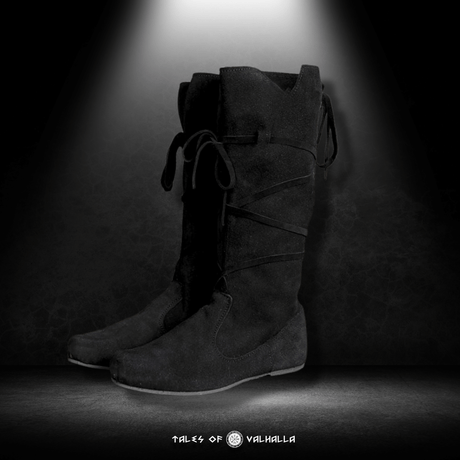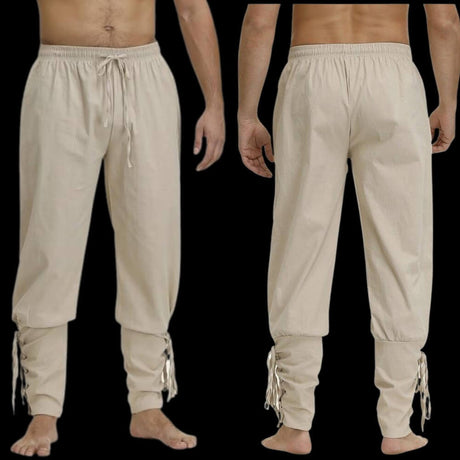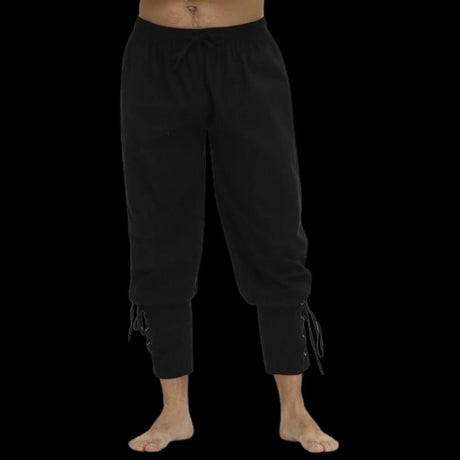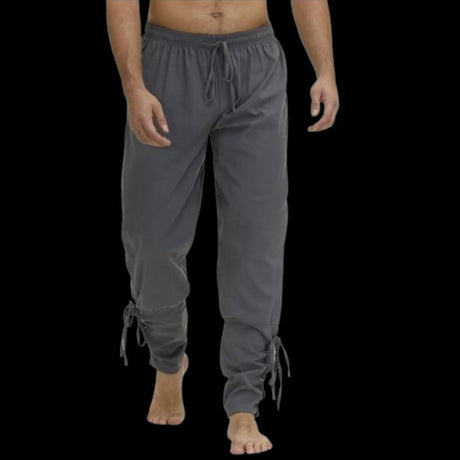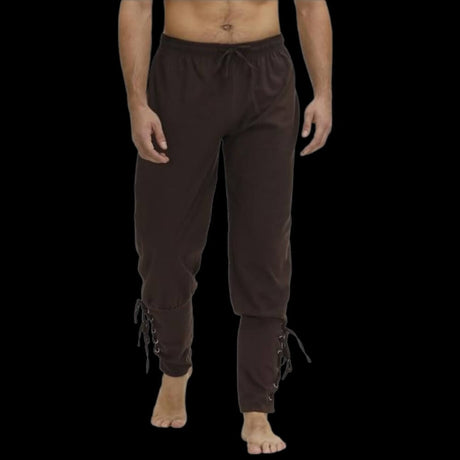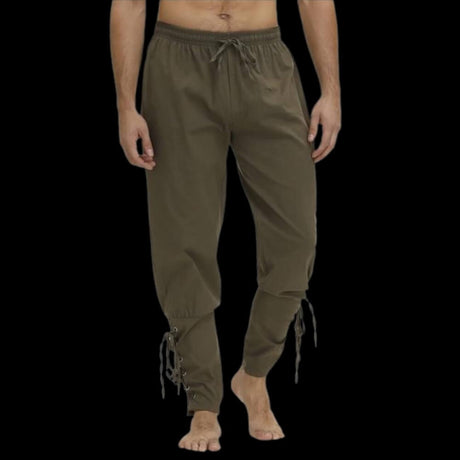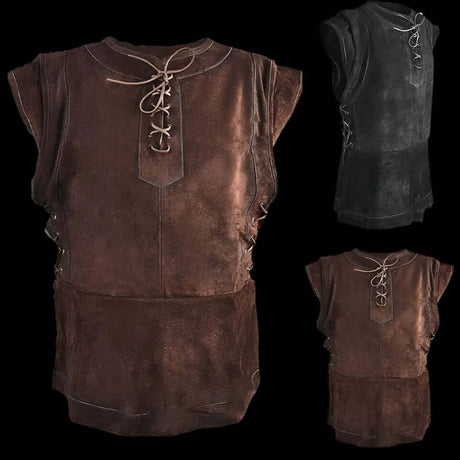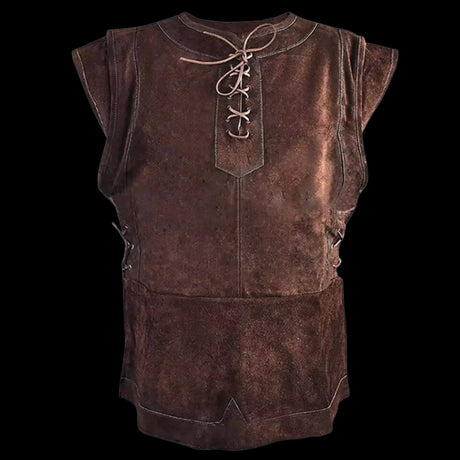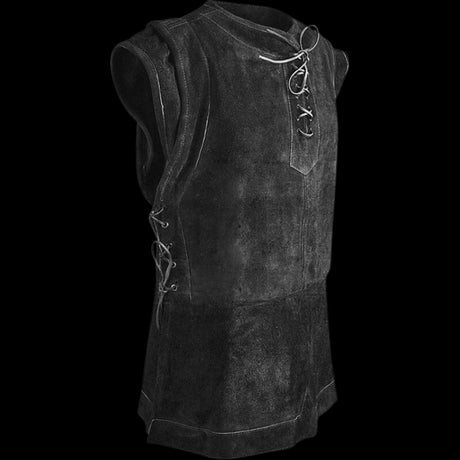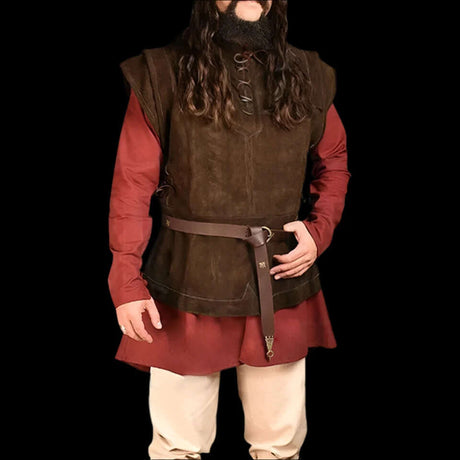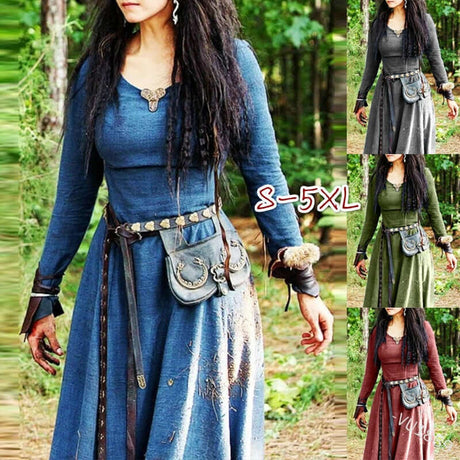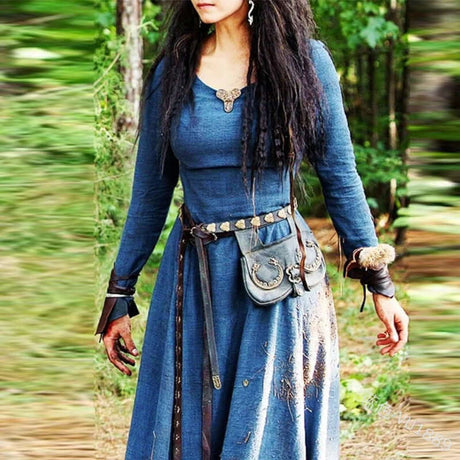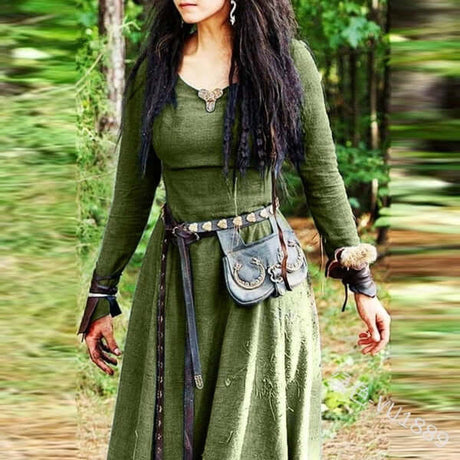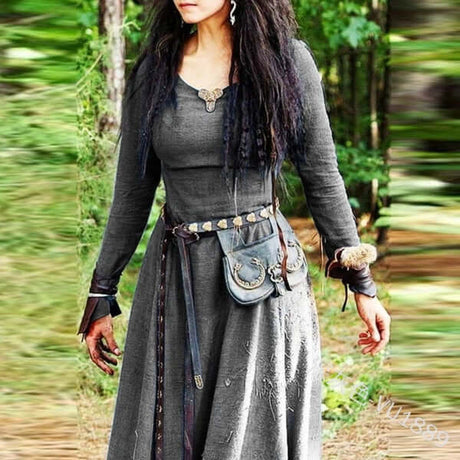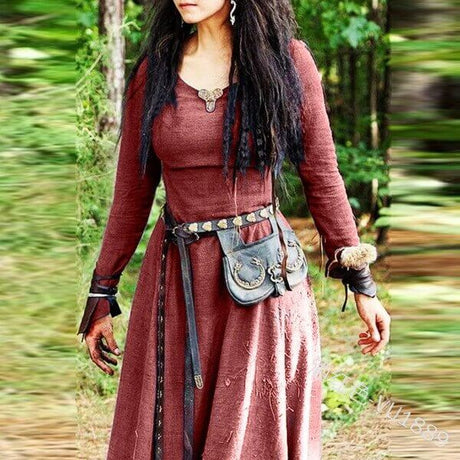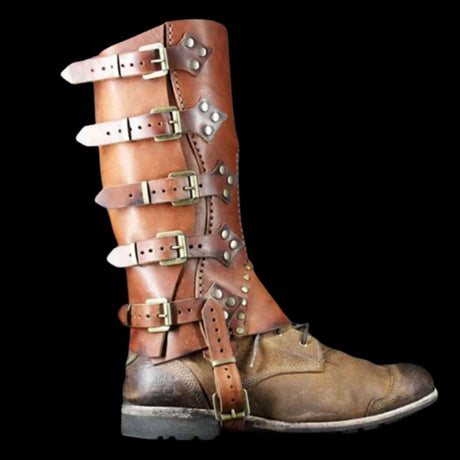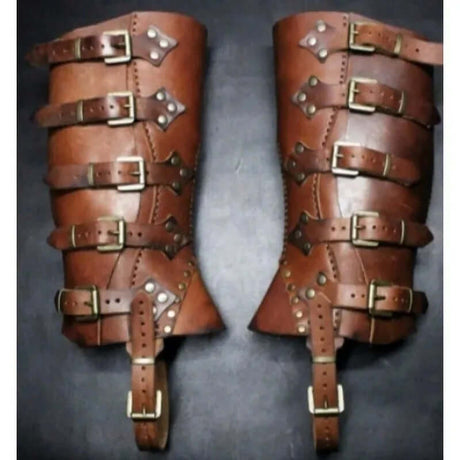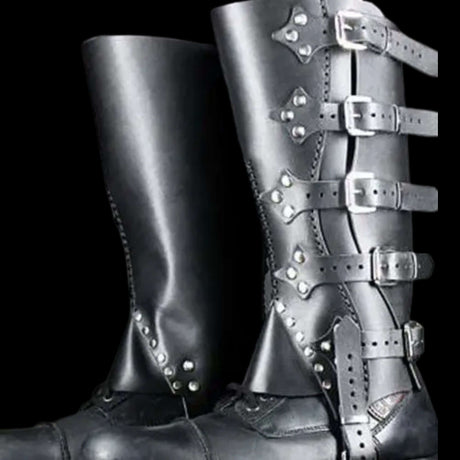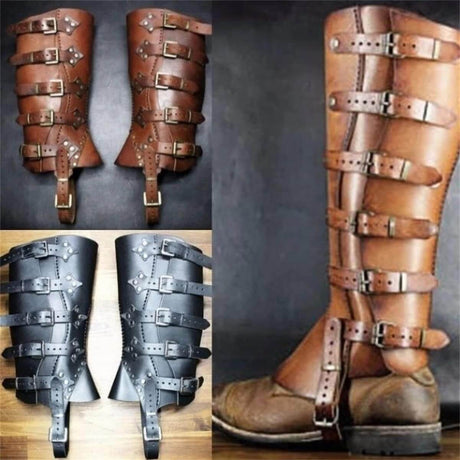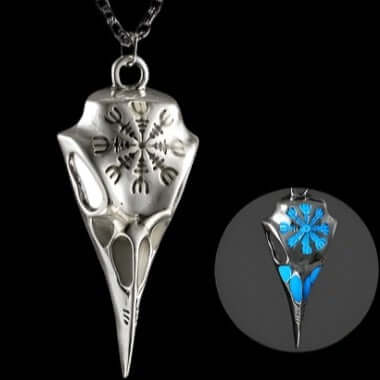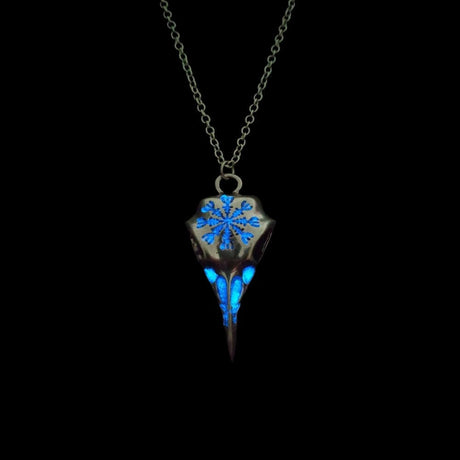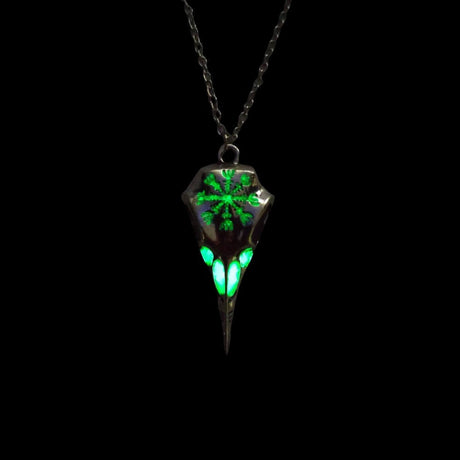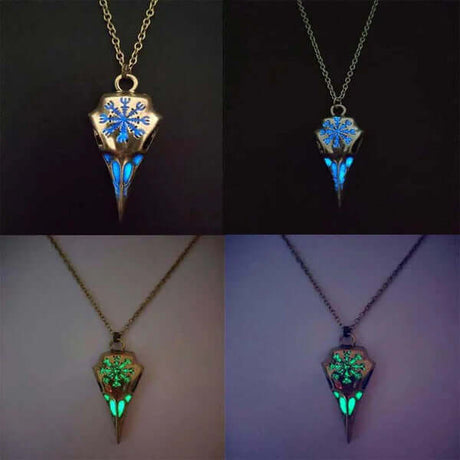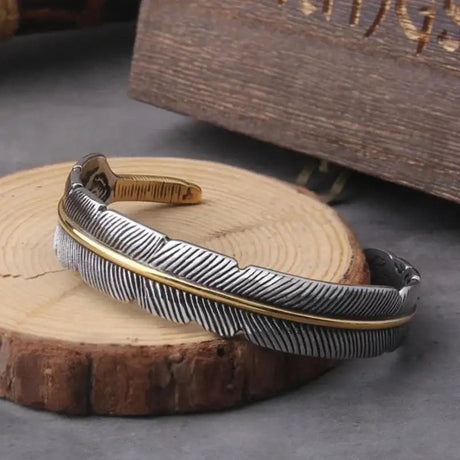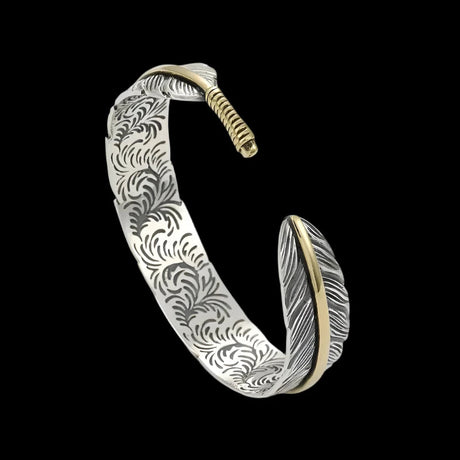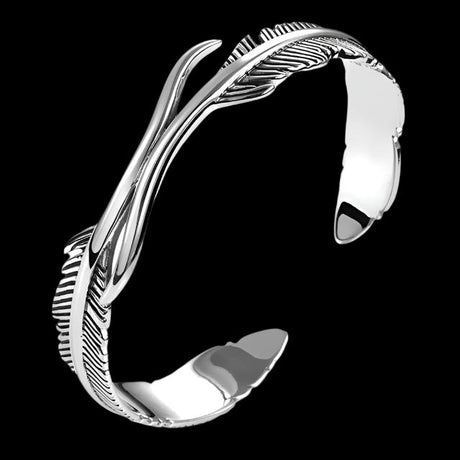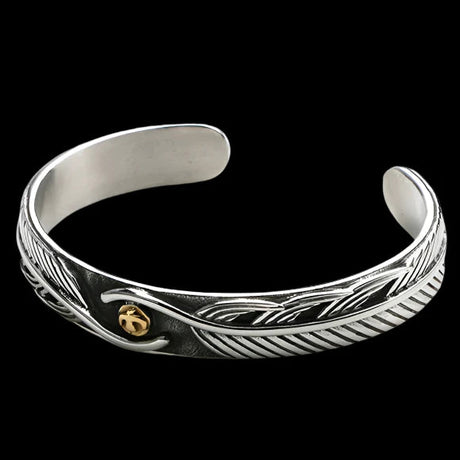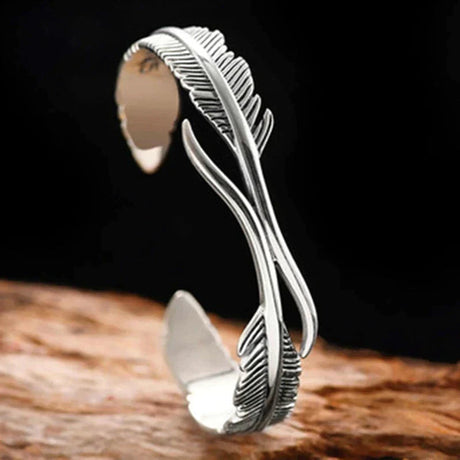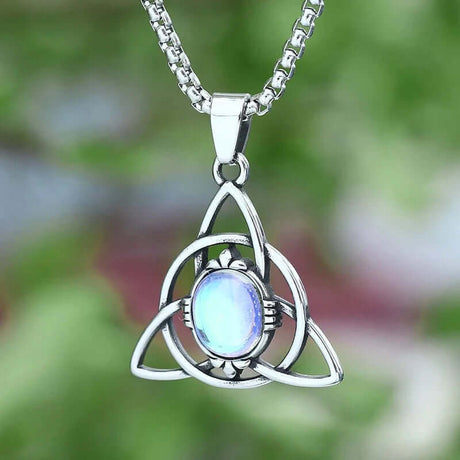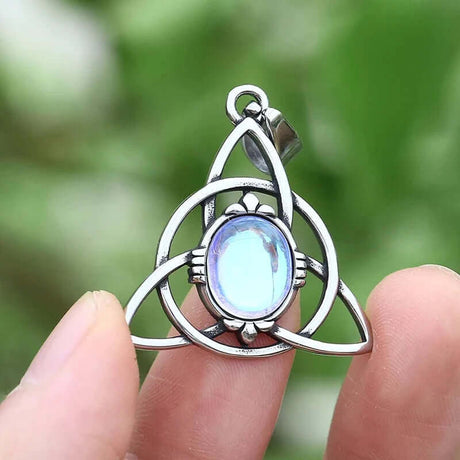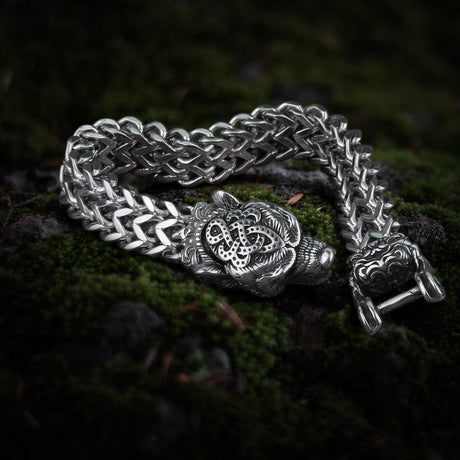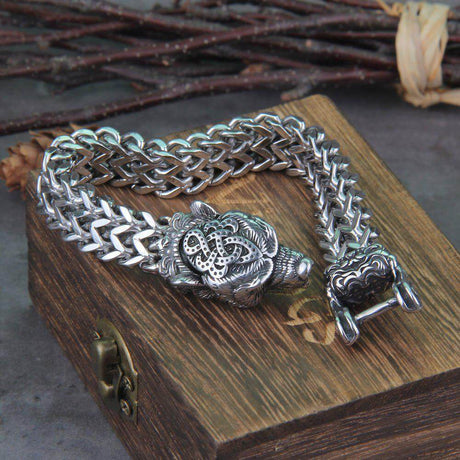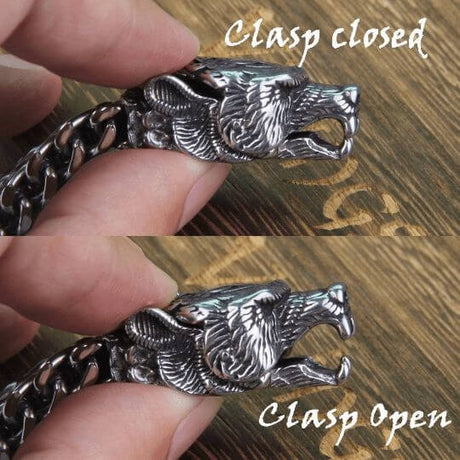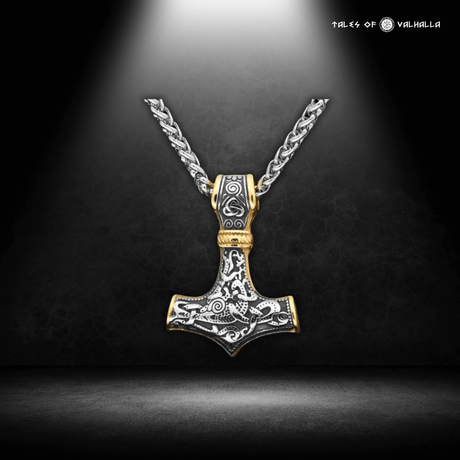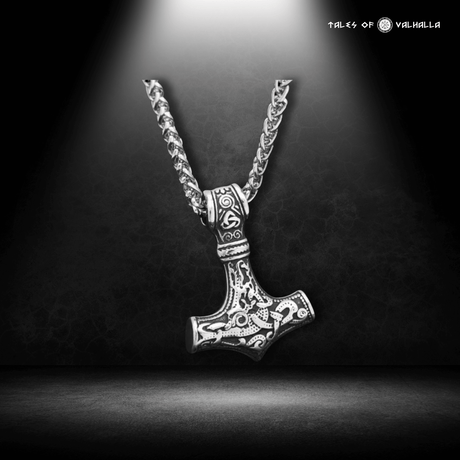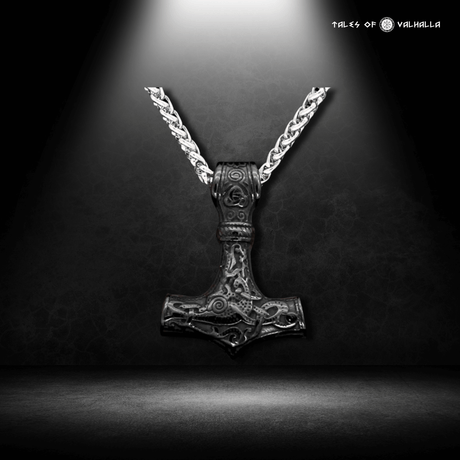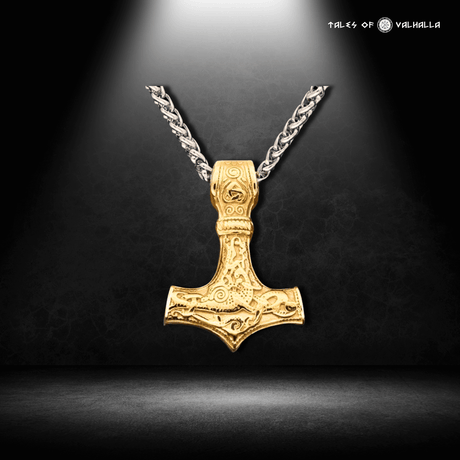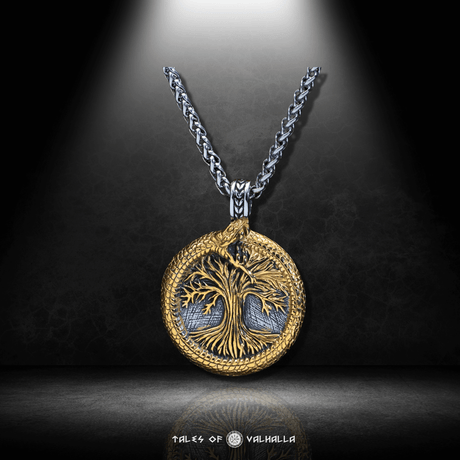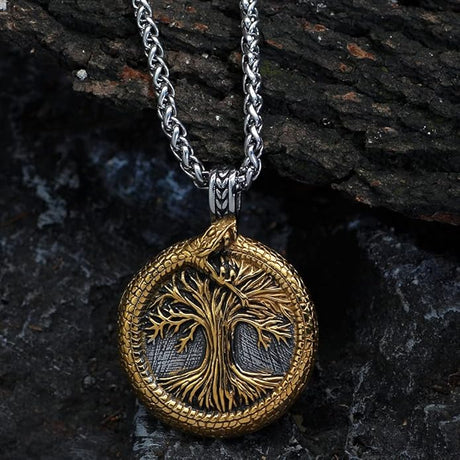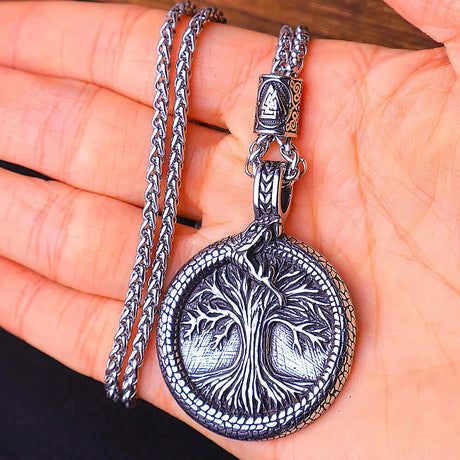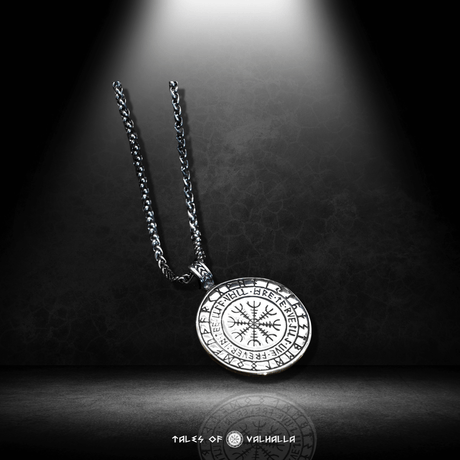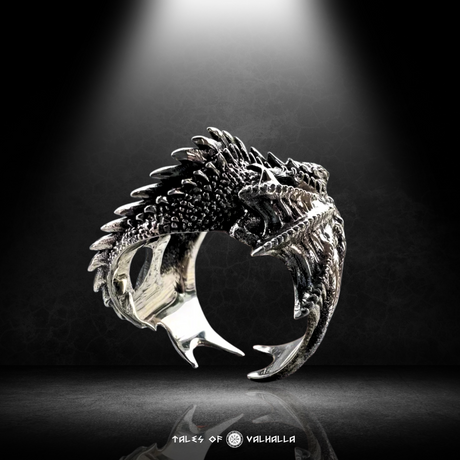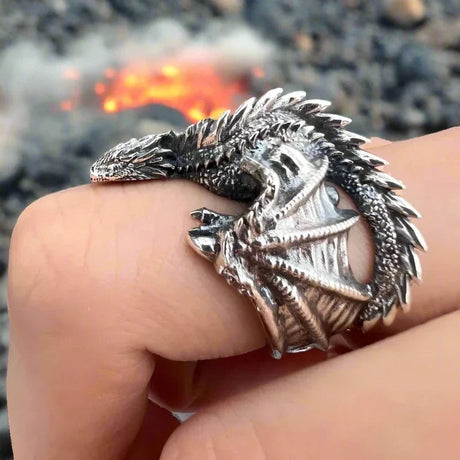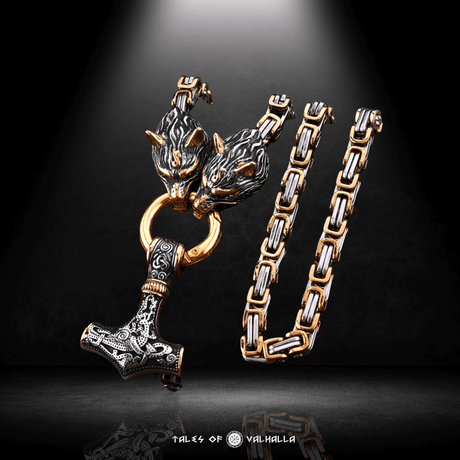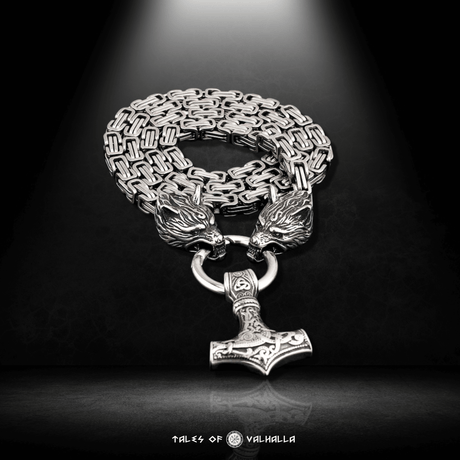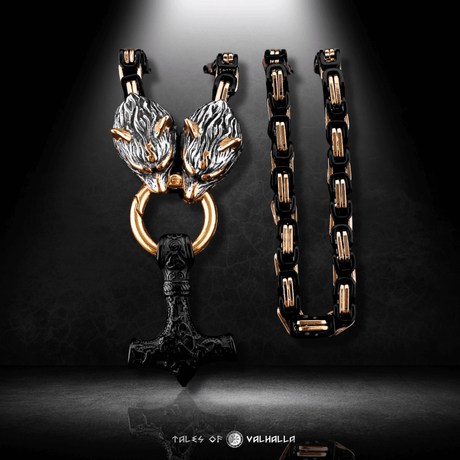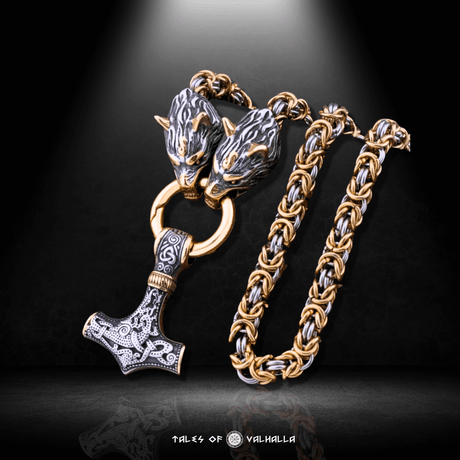When you think of Vikings, you likely imagine fierce warriors, storming across the seas, wielding weapons of immense power. Central to the Viking warrior’s arsenal was the Viking axe, a tool that was more than just a weapon of war—it was a symbol of status, strength, and craftsmanship. Unlike swords, which were expensive and often reserved for the elite, axes were commonly available to all Viking warriors, making them an iconic part of Viking warfare.
In this in-depth exploration, we will delve into the history and significance of the Viking battle axe, discuss the various types of axes used by the Norsemen, and explore what makes the real Viking axe such a fearsome and versatile weapon in battle.
- See more: Viking Axes Collection
The Viking Axe – A Weapon of the People
For Viking warriors, the axe was a versatile tool. It wasn’t just a weapon for battle—it was also used in daily life for cutting wood, building ships, and various other tasks. This made the Viking axe one of the most practical and widely used tools in Viking society. While swords were often seen as a status symbol, the axe was a weapon accessible to nearly all Vikings, making it a weapon of the people.
The Accessibility and Versatility of the Viking Axe
The Vikings were seafaring warriors, farmers, and craftsmen, and their axes reflected their dual roles in society. The axe, unlike other weapons, was an affordable tool that could be repurposed for combat. While swords were prized for their elegance and status, axes were utilitarian, easily made from available materials and quickly turned into deadly weapons. This accessibility meant that Viking warriors from all walks of life, whether noble or common, could be well-armed.
The simplicity of the Viking axe also made it incredibly versatile. In combat, the broad, heavy blade of the axe could deliver crushing blows capable of cleaving shields and armor. Yet, its lightweight handle made it agile enough for swift, precise strikes. Beyond battle, it could be used for mundane tasks like chopping wood or hunting, giving it a dual purpose in the hands of a Viking.
The Evolution of Viking Battle Axes
The Viking axe underwent various modifications over time, with different types of axes being designed for specific purposes in battle. These axes ranged from simple utility axes to highly specialized weapons. Let’s take a closer look at the types of Viking axes used by Norse warriors and how they were crafted for war.
Types of Viking Axes: From Tools to Weapons
The Bearded Axe (Skeggöx)
One of the most distinctive forms of the Viking axe is the bearded axe, or skeggöx, named for the elongated lower part of the blade that resembles a beard. The bearded axe was a multipurpose tool in Viking society, used for woodworking, as well as in battle. Its design allowed warriors to hook and pull enemy shields, disarming their opponents or pulling them off balance before delivering a deadly blow.
The wide cutting edge of the bearded axe also made it particularly effective in combat, as it could penetrate armor or deliver deep cuts to an enemy. Despite its broad blade, the bearded axe was relatively lightweight and could be wielded with one hand, making it a favorite among Viking warriors for close-quarters combat.

The Bearded Axe (Skeggöx)
The Dane Axe
The Dane axe is perhaps the most famous of the Viking battle axes, known for its long handle and massive, crescent-shaped blade. This axe was typically wielded with both hands, allowing the warrior to generate immense power with each swing. The Dane axe was often used by elite Viking warriors, such as the housecarls—personal bodyguards to kings and nobles—who would stand in the front lines of battle and wield this formidable weapon to break through enemy ranks.
The long handle of the Dane axe gave the warrior greater reach, making it an effective weapon in both offensive and defensive positions. With its long shaft and heavy blade, the Dane axe could deliver devastating blows, cleaving through armor, helmets, and even shields. It was not just a tool of war—it was a symbol of authority and power.
The Throwing Axe
Vikings were known for their strategic use of throwing weapons, and the throwing axe was a key part of their arsenal. These smaller axes were designed to be hurled at enemies from a distance, often at the onset of battle to disrupt the enemy’s formation before the main assault. The throwing axe had a shorter handle and a narrower blade than the bearded or Dane axe, making it easier to throw with accuracy and force.
In the hands of a skilled warrior, a well-placed throw could take down an enemy or even disable their shield, leaving them vulnerable to further attacks. Viking warriors would often carry multiple throwing axes into battle, ready to unleash a volley before charging in with their primary weapon.

The Throwing Axe
Craftsmanship of the Viking Axe: More Than Just a Weapon
While Viking axes were fearsome weapons of war, they were also the product of exceptional craftsmanship. Real Viking axes were made with meticulous attention to detail, and each axe was crafted to serve both as a practical tool and a deadly weapon.
Materials and Crafting Techniques
Viking blacksmiths were highly skilled in metalworking, and the real Viking axe was forged with iron or steel, materials that could withstand the rigors of combat. The blade was typically made from a single piece of iron, with the cutting edge reinforced with hardened steel to ensure it stayed sharp in battle. The handles were often crafted from ash wood, chosen for its durability and flexibility.
Many Viking axes were also adorned with intricate engravings, showcasing the craftsmanship and artistic skills of the Vikings. These designs often featured knotwork, runes, or symbols of Norse mythology, adding a personal touch to the weapon. In some cases, axes were even passed down through generations, becoming heirlooms that carried the legacy of the warrior and their family.
The Viking Axe in Battle: A Deadly Tool of War
In battle, the Viking battle axe was a weapon of choice for many warriors, prized for its versatility, power, and ability to instill fear in the enemy. The sight of a Viking warrior wielding a battle axe—whether it was a bearded axe, Dane axe, or throwing axe—was enough to send shivers down the spines of their opponents.
The Tactical Use of Viking Axes
Vikings were strategic and fierce warriors, and they used their axes with precision and purpose. In close-quarters combat, the Viking axe was perfect for hacking at shields, disarming opponents, and delivering powerful blows that could easily incapacitate an enemy. The bearded axe, in particular, was used to hook and pull shields away from defenders, exposing them to further attacks.
In larger battles, the Dane axe gave Viking warriors an advantage with its extended reach and crushing power. Warriors wielding these two-handed axes often formed the front lines of the Viking shield wall, where they could strike down on their enemies with devastating force.
Throwing axes were also deployed at strategic moments, either at the start of battle to disrupt enemy lines or in the heat of combat to strike down retreating foes. The throwing axe was a versatile weapon that allowed Viking warriors to engage their enemies at a distance, before closing in with their primary weapons.
Real Viking Axes: Artifacts of Power
The real Viking axe is not only a weapon of historical importance but also a symbol of the Viking’s legacy. Many Viking axes have been unearthed in archaeological excavations, giving us valuable insights into the design, craftsmanship, and cultural significance of these tools of war.
Viking Axes in Archaeological Finds
Excavations of Viking burial sites have revealed numerous real Viking axes, many of which were placed in the graves of warriors as part of their burial rites. These axes, often adorned with intricate designs, were considered essential for the Viking’s journey into the afterlife. The presence of an axe in a Viking grave signified the warrior’s status and prowess in battle.
One of the most famous finds is the Mammen axe, a beautifully decorated axe head discovered in a Viking burial mound in Denmark. The Mammen axe is adorned with intricate silver inlays, featuring depictions of animals and knotwork, demonstrating the high level of craftsmanship that went into creating these weapons. This artifact serves as a testament to the importance of axes in Viking culture—not just as tools of war, but as symbols of power and artistry.

Viking Axes in Archaeological Finds
The Viking Axe in Modern Culture
The Viking battle axe continues to capture the imagination of people today. From historical reenactments to popular culture, the Viking axe remains an enduring symbol of strength, resilience, and warfare.
The Viking Axe in Pop Culture
In modern times, the Viking axe has been popularized in television series, movies, and video games. Shows like Vikings and The Last Kingdom have brought the imagery of the Viking warrior wielding a battle axe to mainstream audiences, cementing the weapon’s place in popular culture. These depictions often highlight the brutality and effectiveness of the Viking axe in combat, while also showcasing its role as a symbol of Viking identity.
Video games, such as Assassin’s Creed Valhalla, have also embraced the Viking battle axe, allowing players to wield this iconic weapon in virtual recreations of Viking raids and battles. The weapon’s power and versatility make it a popular choice for gamers, further solidifying its place in the modern imagination.
The Revival of Viking Axe Craftsmanship
In recent years, there has been a revival of interest in Viking weaponry and craftsmanship. Modern blacksmiths and artisans have begun creating real Viking axes using traditional techniques, allowing history enthusiasts and collectors to own their own pieces of Viking history. These modern recreations are often based on archaeological finds and are made with the same attention to detail and craftsmanship as the original axes used by Viking warriors.

